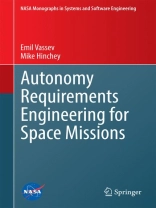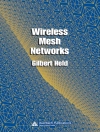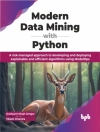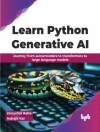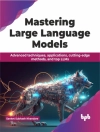Advanced space exploration is performed by unmanned missions with integrated autonomy in both flight and ground systems. Risk and feasibility are major factors supporting the use of unmanned craft and the use of automation and robotic technologies where possible. Autonomy in space helps to increase the amount of science data returned from missions, perform new science, and reduce mission costs.
Elicitation and expression of autonomy requirements is one of the most significant challenges the autonomous spacecraft engineers need to overcome today. This book discusses the Autonomy Requirements Engineering (ARE) approach, intended to help software engineers properly elicit, express, verify, and validate autonomy requirements. Moreover, a comprehensive state-of-the-art of software engineering for aerospace is presented to outline the problems handled by ARE along with a proof-of-concept case study on the ESA’s Bepi Colombo Mission demonstrating the ARE’s ability to handle autonomy requirements.
Inhoudsopgave
Foreword.- Preface.- Acknowledgements.- Software Engineering for Aerospace- State of the Art.- Handling Autonomy Requirements for ESA Systems.- Autonomy Requirements Engineering.- Verification and Validation of Autonomy Requirements.- Requirements for Cognitive Capabilities of UAS.- ASSL Specification of Voyager Image-Processing Behaviour.- Bepi Columbo Autonomy Requirements Specification with Know Lang.- Glossary.- Index.
